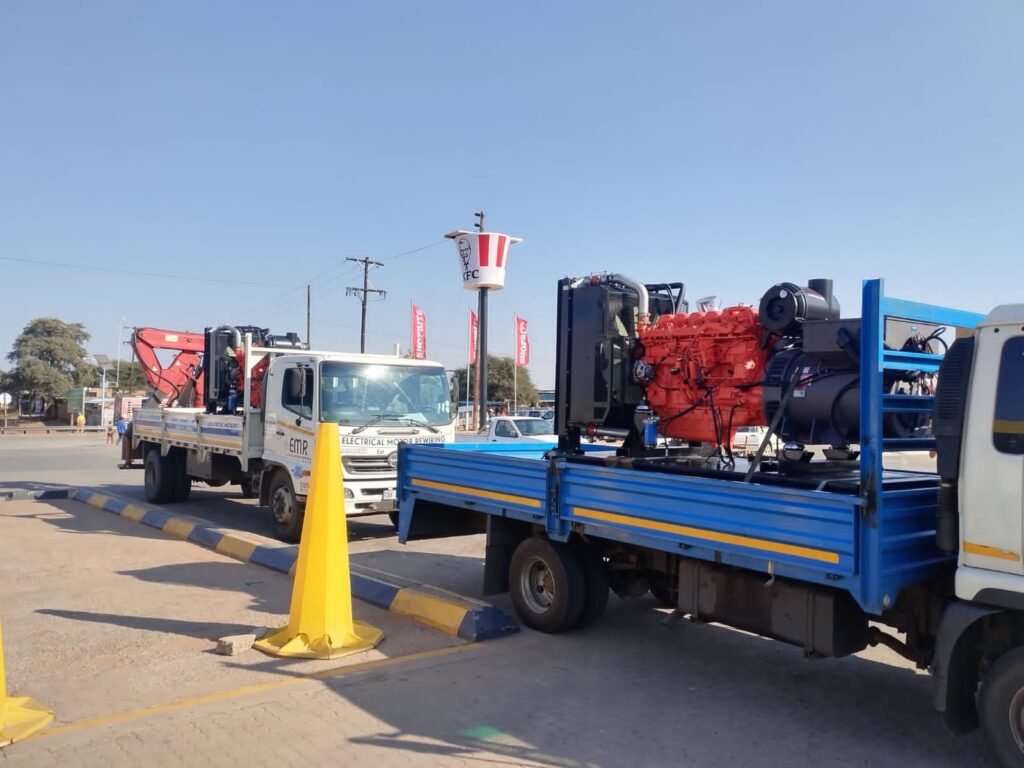Generator synchronization is a crucial process in electrical power systems that involves the coordination of multiple generators to operate in parallel and deliver electricity to the grid. In a power system, electricity is generated by multiple power plants equipped with generators. These generators must be synchronized to maintain stable and reliable power delivery.

Synchronization ensures that the electrical frequency, phase, and voltage of each generator match the existing grid’s parameters before connecting them to the grid. The grid operates at a specific frequency (e.g., 50 Hz or 60 Hz), and all connected generators must produce electricity at the same frequency to avoid imbalances and potential damage to equipment.
The synchronization process typically involves the following steps:
- Adjusting Frequency: Before synchronization, the speed of the generator must be adjusted to match the grid frequency. If the generator is running at a slightly different frequency, the governor control system is used to fine-tune the generator’s rotational speed.
- Matching Phase Angle: The phase angle of the generator’s output voltage must be synchronized with the grid’s voltage. This is typically achieved using synchroscopes or other specialized devices to measure and align the phase difference between the generator and the grid.
- Adjusting Voltage: The voltage level of the generator must be adjusted to match the grid voltage. This is done using automatic voltage regulators (AVRs) that control the excitation system of the generator to maintain the desired voltage level.
- Closing the Circuit Breaker: Once the generator is synchronized with the grid, and its frequency, phase, and voltage are in harmony, the circuit breaker connecting the generator to the grid is closed. This allows the generator to start supplying power to the grid.
Synchronization is a delicate and critical process because improper synchronization can lead to sudden power surges, frequency deviations, and instability in the grid. In extreme cases, it can cause blackouts or damage to the generators and electrical infrastructure. Therefore, precise control and monitoring during the synchronization process are essential to ensure a stable and reliable power supply.

